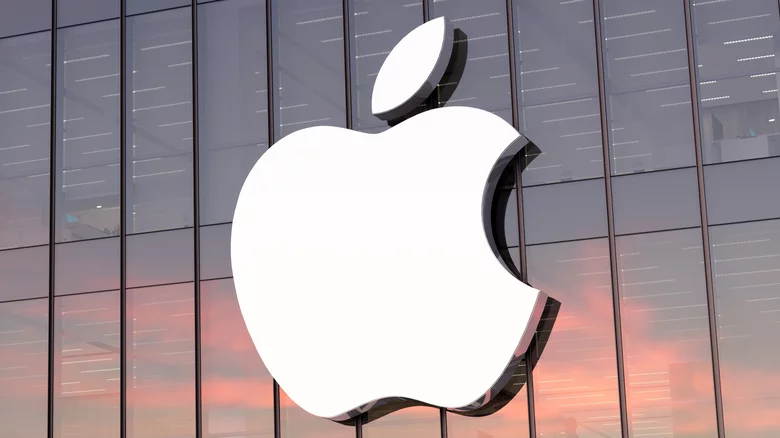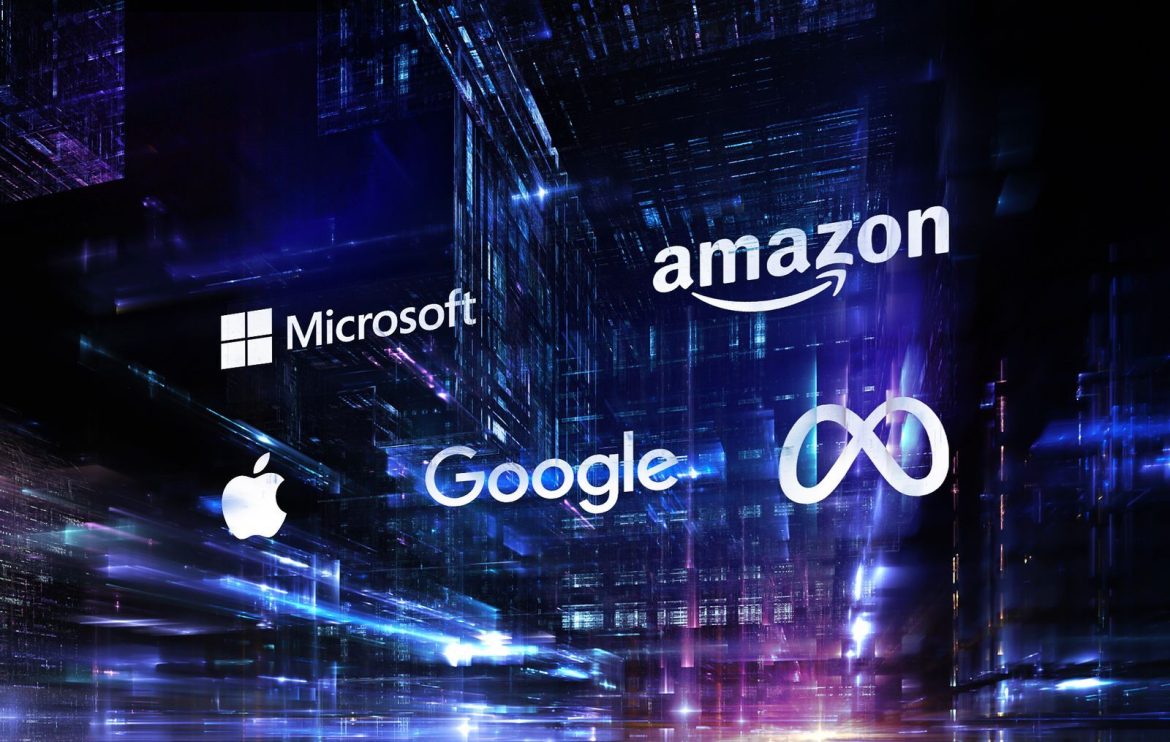In the rapidly evolving world of technology, a few major companies have emerged as dominant players, shaping industry trends and influencing global markets. Google, Apple, and Amazon are three of the most influential tech giants, each with its unique strategies and market impact. This article explores how these companies have become leaders in their respective fields and examines their market strategies that drive their success.

Google: Dominating the Digital Landscape
- Search Engine Prowess:
- Market Leadership: Google’s core product, its search engine, remains a cornerstone of its business. With a market share of over 90% in the global search engine market, Google’s dominance is unparalleled. The company’s sophisticated algorithms and vast index of web pages ensure that users receive highly relevant search results, reinforcing its position as the leading search engine.
- Advertising Revenue: Google’s revenue model is heavily reliant on advertising, particularly through its AdWords platform. By leveraging user data and search behavior, Google provides highly targeted advertising opportunities for businesses. This model has proven immensely profitable, contributing significantly to the company’s revenue.
- Expanding Ecosystem:
- Diversification: Beyond search, Google has diversified its offerings through various products and services. Its acquisition of YouTube in 2006 has made it a major player in online video, while its Android operating system dominates the mobile market. Google’s investments in cloud computing, AI, and smart home devices further expand its ecosystem.
- Innovation and R&D: Google invests heavily in research and development, driving innovation across its product lines. Projects like Google Brain, self-driving cars through Waymo, and advancements in quantum computing showcase the company’s commitment to pushing technological boundaries.
- Data and Privacy:
- Data Utilization: Google’s extensive data collection capabilities allow it to refine its products and services. While this data-driven approach enhances user experience and targeting precision, it also raises privacy concerns. Google has faced scrutiny over its data collection practices and has had to navigate regulatory challenges related to user privacy.

Apple: The Pinnacle of Consumer Technology
- Product Integration:
- Ecosystem Synergy: Apple is renowned for its tightly integrated ecosystem of products, including the iPhone, iPad, Mac, Apple Watch, and Apple TV. This seamless integration enhances user experience, encouraging consumers to stay within the Apple ecosystem for a cohesive and synchronized technology experience.
- Design and Innovation: Apple’s focus on design and innovation sets it apart. The company’s emphasis on aesthetics, user-friendly interfaces, and cutting-edge technology has created a strong brand identity. Products like the iPhone and Apple Watch have not only set industry standards but also influenced trends across the tech sector.
- Retail and Customer Experience:
- Apple Stores: Apple’s retail strategy, exemplified by its sleek and minimalist Apple Stores, is a crucial component of its market strategy. These stores offer a hands-on experience with Apple products, providing personalized customer service and fostering brand loyalty.
- Direct-to-Consumer Model: By selling its products directly through its own stores and online platform, Apple maintains greater control over pricing, customer experience, and brand positioning. This direct-to-consumer approach also allows for higher profit margins.
- Services and Ecosystem:
- Growing Services Segment: Apple has increasingly focused on expanding its services segment, including iCloud, Apple Music, Apple TV+, and the App Store. This shift towards services provides recurring revenue streams and helps mitigate the cyclical nature of hardware sales.
- Privacy and Security: Apple emphasizes user privacy and security as key differentiators. Its commitment to protecting user data and providing transparent privacy practices resonates with consumers, reinforcing its brand reputation.
Amazon: Redefining E-Commerce and Cloud Computing
- E-Commerce Dominance:
- Marketplace Leadership: Amazon has revolutionized e-commerce with its vast online marketplace, offering an extensive range of products and services. Its customer-centric approach, including fast shipping, competitive pricing, and a user-friendly interface, has made it the go-to destination for online shopping.
- Prime Membership: The Amazon Prime membership program, which offers benefits such as free shipping, streaming services, and exclusive deals, has been instrumental in driving customer loyalty and increasing revenue. Prime members tend to spend more and remain more engaged with the platform.
- Cloud Computing Leadership:
- Amazon Web Services (AWS): AWS has positioned Amazon as a leader in cloud computing. AWS provides a comprehensive suite of cloud services, including computing power, storage, and database management. Its scalability, reliability, and wide range of services make it a preferred choice for businesses of all sizes.
- Strategic Investments: Amazon’s investment in cloud infrastructure, data centers, and innovative technologies like machine learning and artificial intelligence has solidified its position in the cloud market. AWS contributes significantly to Amazon’s overall revenue and profitability.
- Diversification and Innovation:
- Expanding Horizons: Amazon’s diversification strategy extends beyond e-commerce and cloud computing. The company has ventured into areas such as artificial intelligence with Alexa, smart home devices, and even grocery retail with its acquisition of Whole Foods.
- Logistics and Fulfillment: Amazon’s investment in logistics and fulfillment infrastructure, including its extensive network of warehouses and delivery services, enhances its ability to offer fast and reliable shipping. Innovations such as drone delivery and automated warehouses reflect its commitment to optimizing supply chain operations.

Conclusion
Google, Apple, and Amazon represent the pinnacle of tech innovation and market influence. Their unique strategies have reshaped their respective industries and set new standards for technology and consumer expectations. Google’s dominance in search and advertising, Apple’s focus on design and ecosystem integration, and Amazon’s leadership in e-commerce and cloud computing illustrate the diverse ways in which tech giants can impact the market.
As these companies continue to evolve, their influence on technology and society will undoubtedly grow. Their ability to adapt to changing market dynamics, invest in innovation, and address emerging challenges will determine their future success and shape the next era of technological advancement.


